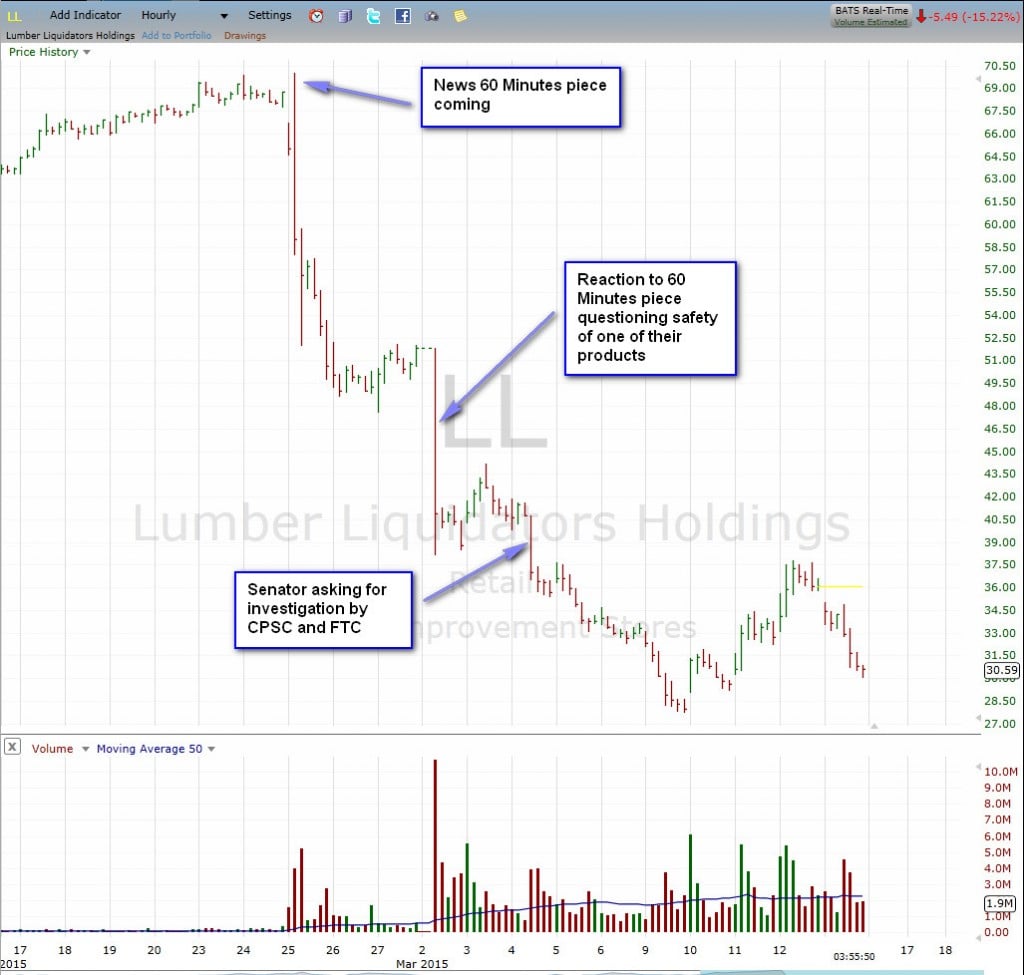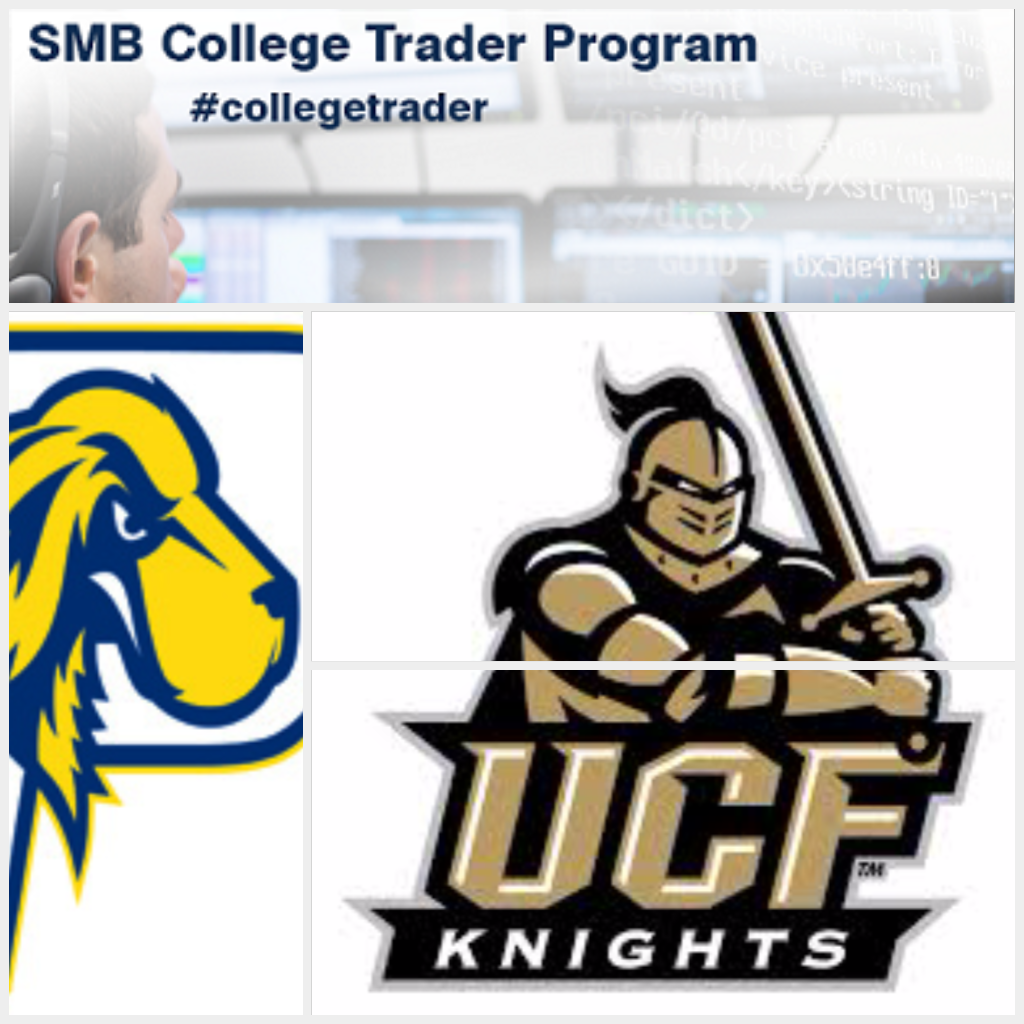
A few weeks ago, I wrote a blog post addressing the #1 most frequently asked question: How do I get hired on a Trading Desk after graduating?
One of the most important things discussed in the last post was to have a Live Trading Track Record to supplement one’s resume – explaining how firms value this type of experience- however short it may be.
The next most frequently asked question usually inquires about the best way to trade a small live account. I personally wrestled with this issue when I was trading a small account, and I can honestly say, “It depends.” It depends because there are so many variables including account size, product or instrument traded, trading or retail rules, and many others.
The one constant that can be summed up best is to focus and put all of your energy (and capital) in your best setups. Don’t trade just to trade. This is one of the most important things that Bella told us while introducing us to Trend Trend & Changing Fundamentals Trades.
I thought I was pretty good at scalping and reading price action on small time frames . . . I thought I could look at a tick chart and see the top/bottom being “put in” and act accordingly . . . and I would also trade break out and trend trades as well.
At the time, I didn’t realize the importance of finding the types of trades that would immediately and consistently help my overall trading . . . and limiting myself to those trades. Fading, scaling in, trying to pick tops and bottoms can be difficult and inconsistent, even for experienced traders. Finding setups, like the Trend Trend & Changing Fundamentals Trade, that are cleaner, with easier defined entry levels and stops, and that are more frequently consistent is a much, much better way to go.
Changing Fundamentals Trade, that are cleaner, with easier defined entry levels and stops, and that are more frequently consistent is a much, much better way to go.
A fantastic and recent example of this can be seen in Bella’s blog post on Lumber Liquidators.

This trade was fairly clean and relatively simple to execute . . . and it EXACTLY the type of trade that new traders with small accounts should focus on. As a new trader, you simple cannot afford to miss these types of trades.
In addition to Bella’s advice, I came up with a few points that might help you in your efforts to properly manage a small account and to see consistency and profitability.
• Challenge yourself to find Bella’s Changing Fundamental & Trend Trend Trades and start there. http://www.smbtraining.com/blog/the-best-setup-for-new-traders
• Do your homework. Come up with the specifications of tickers you are interested in and diligently go through charts. (What are you looking for as far as ATR, Volume, Short Float?)
• Are you plugged into quality idea flow? What stocks to trade can be just as crucial as how to trade them. Ensuring that you are in a trading environment that minimizes the possibility of missing good set ups is crucial.
• Are you plugged into quality news feed(s)? You need to know if there is news out on a stock that is either in play – or that you are trading. Don’t trade blind.
• Work on your executions. Learn about routes, adding/removing liquidity. This adds up on a small account! Also better execution = better entries/exits = better trading.
• Learn how to read Time & Sales! This is something that few people talk about nowadays but it can greatly impact your trade for the better. Using the tape to see where buyers are stepping in is a great way to maximize gains and scale out accordingly so as to not give back hard earned gains!
• Picking tops & bottoms requires INTENSE PRECISION, if you are a new trader, or not experienced enough to correctly manage risk in split seconds, STAY AWAY from it.
• Another reason to stay away from trying to pick tops & bottoms is that, with a small account, you may have to scale in and/or draw down with can be made even more difficult that usual due to account size and limitations.
• AND ALWAYS REMEMBER “SHORTING/BUYING SOMETHING BECAUSE IT IS UP/DOWN TOO MUCH IS NOT A GOOD ENOUGH REASON” – BELLA
Trading is difficult . . . trading a small account can be even more so. It will require hard work, but it can be done if you stay disciplined, trade smart, and keep at it.
*For more insight on Trading In College, Join us Thursday April 16 @ 4:30 ET at the next SMBU College Trader Webinar (hosted by Mike Bellafiore, co-Founder of SMBU and author of two trading classics, One Good Trade and ThePlayBook. Click HERE to register, see you all there!
Chris
College Trader Director
No relevant positions


One Comment on “Trading In College Using Bella’s Advice”
Most top trading desks don’t give a crap about a trading record. Any monkey can open a trading account and make a few trades here and there. College students should focus on what really matters. Securing an internship with a reputable firm for an internship through extra curricular and academic merit.